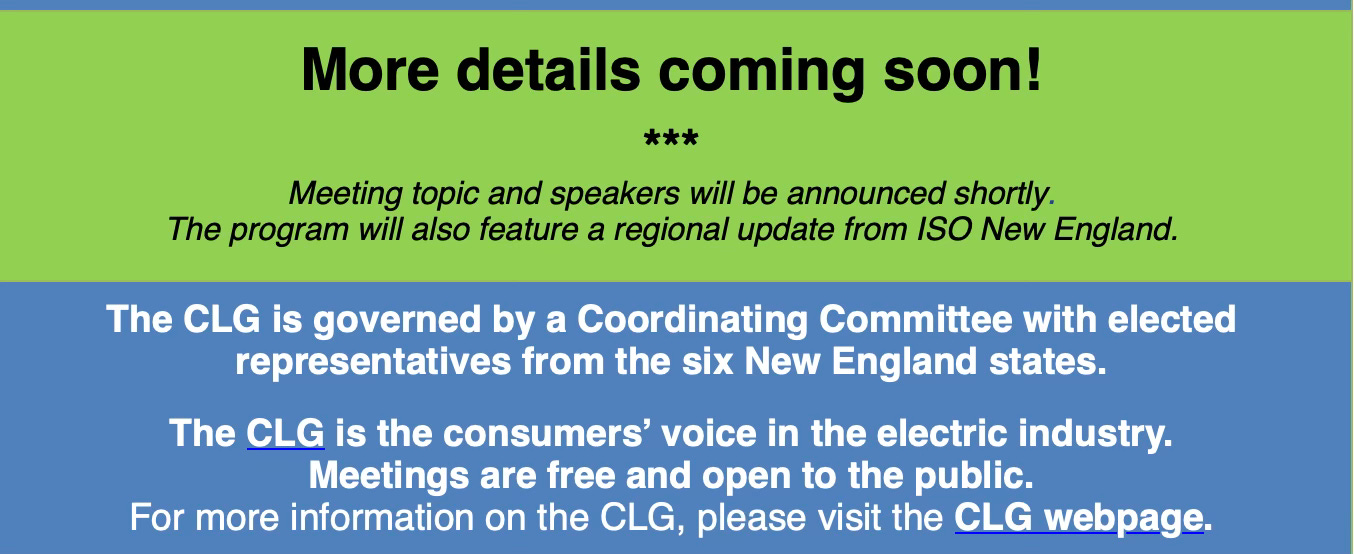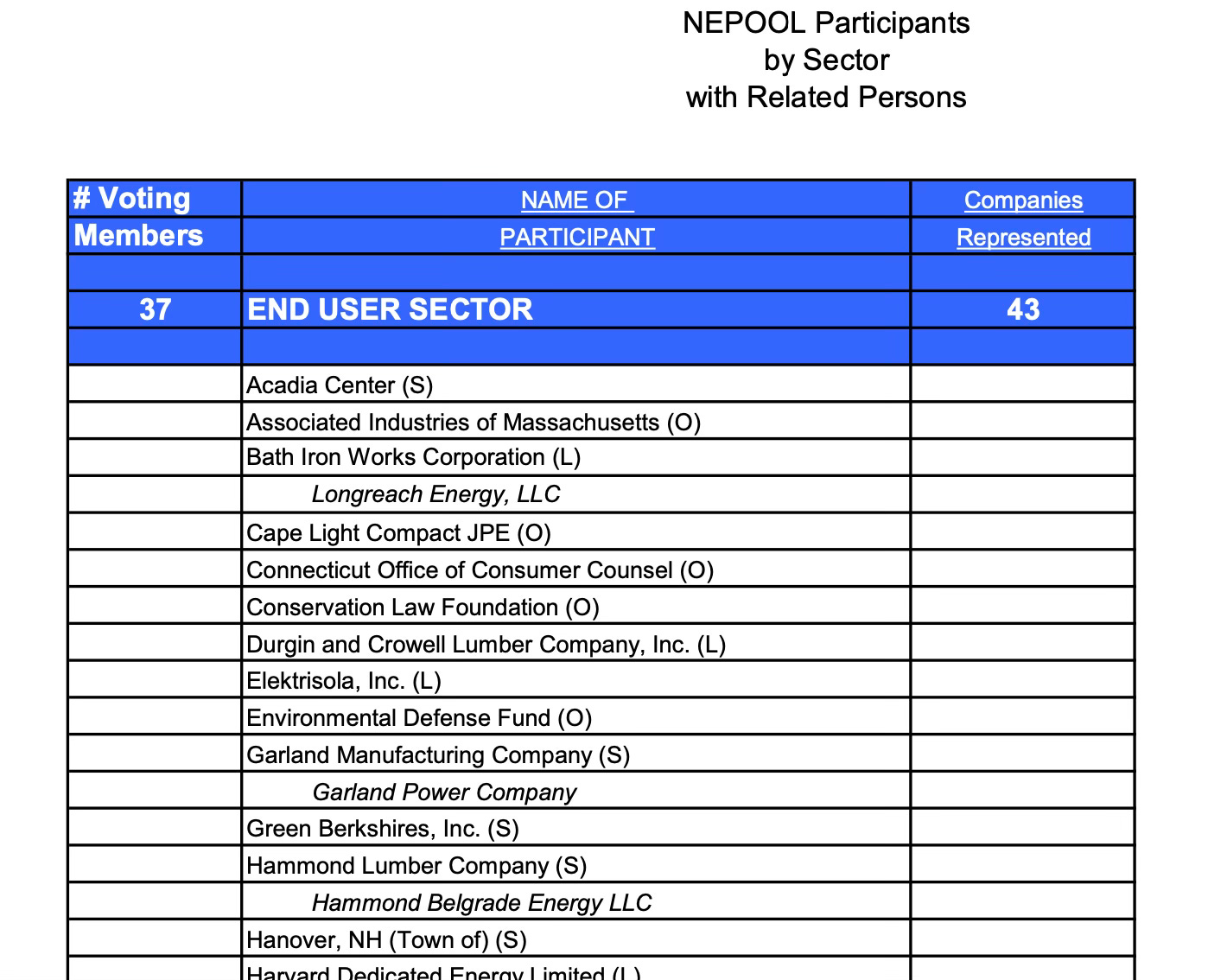The grid most people know about.
I give presentations about the grid. After the presentations, the questions often have nothing to do with my presentation. Instead, most questions are about the “Could” grid: “What do I think about the latest type of battery that was announced in the press?”
The "Could” grid is the only grid most people know about. It’s the one that is featured in newspapers and magazines. The “Could” grid is the grid we could have IF new batteries could be invented, IF we could build high voltage transmission lines everywhere, IF we could use fusion power (which is right around the corner).
Sometimes I wonder why so few people know about the real grid. I think this is because learning about the actual grid seems both boring and overwhelming.
· Boring because our US grids have mostly been steady and reliable.
· Overwhelming because you are either looking at equations and jargon (electricity itself) or forests of regulation (grid policy and legal constraints).
It’s far easier to read about the very latest and greatest battery.
If you want to know about the real grid, could you find out?
Not easily. You can find out some things. At best, finding out about the grid can be a hobby. At worst, it can be a time-consuming frustrating hobby.
Happily, there are some good sources of information such as Grid Brief and GridStatus. Both are subscription services. Utility Dive is excellent and free, and RTO Insider is excellent and expensive. (RTO stands for Regional Transmission Organization). Your grid operator and local utility have websites. You can also sign up for FERC updates and updates from your grid operator. This is all good. You can find the information that is presented for you.
Don’t ask. They won’t tell
If you want to ask questions, that is quite a different story! Some grid operators don’t hold many public meetings. Furthermore, much information about the grid is not public. For example, in RTO areas, the grid operators are usually not-for-profit corporations, not government agencies. A Freedom of Information request has no power over them. Here are the founding documents for ISO New England, Inc.
As the first line says: “ISO New England Inc., a non-stock, non-profit corporation organized and existing under the laws of the State of Delaware (the "Corporation"),…”
In fairness to ISO-NE, it does share a great deal of information. ISO-NE has an excellent website, including grid conditions, a glossary of terms, and the minutes of various committees. I give ISO-NE great credit for this. In contrast (for example), the ISO for New York state does not call out gas and oil separately in their fuel mix section. ISO-NE does distinguish between oil and gas.
Outreach?
So far, I have talked about websites. ISO-NE’s Consumer Liaison Group is another form of outreach. Those of you who read Shorting the Grid may remember that I was on the Coordinating Committee of the Consumer Liaison Group of ISO-NE. CLG announcements claim that “The CLG is the consumers “voice in the electric industry.”
Part of the announcement of an upcoming meeting:
And a link to announcement of an older meeting.
The CLG has no fixed membership. If you show up at a meeting, you are a member. If there is a vote at that meeting, you can vote. If you show up at your very first meeting of the CLG, and you are at the meeting when the CLG votes for the Coordinating Committee, you can vote. This sort of thing is ripe for abuse. A person doesn’t have to participate in the CLG before having voting privileges.
The Coordinating Committee (CC) is the active group in the CLG. The CC plans the quarterly meetings, invites speakers, and so forth. Despite the statement that the “CLG is the consumers’ voice,” CLG’s major responsibility is to hold quarterly meetings. These meetings are open to the public. The CC and CLG are outreach, not the consumers’ voice in the electric industry.
Is there a consumer’s voice? Sort of. CC and CLG are associated with ISO-NE, and there’s a sector (End Users) in the NEPOOL Participants Committee. When I was in the CC, some people were members of both CC and the Participants Committee of NEPOOL. In terms of their dual roles, they said they had no standing before ISO-NE as CC members, but they did have standing as part of the Participants Committee. NEPOOL members have a voice.
Stakeholders
I remember when I was first elected to the CC. At a CLG meeting, I heard a talk by Anne George, vice-president of ISO-NE. (CLG meetings are one of the few times that ISO-NE executives speak directly to the public.) At any rate, at one point in the talk, George presented something and said it had already been presented to “our stakeholders.” I was puzzled. Did I ignore an email? Why had I not heard of this before? I thought “I’m on the CC now. I must be a stakeholder.”
A few inquiries showed me that I wasn’t a stakeholder. “Stakeholder” is one name for members of the Participants Committee. Being a member of the Participants Committee is not a matter of “show up and vote.” It’s complicated and expensive to be a member of that committee.
https://nepool.com/become-a-member-2/
https://nepool.com/wp-content/uploads/2021/02/M-App_Fee_Schedule.pdf
The fee to apply to join is $5000 for most members, but only $500 for end-users.
What about yearly fees? I wrote to some of the NEPOOL organizers, and they were kind enough to answer very quickly. End-users pay only $500 a year to be on the Participants Committee. Most other members of the Participants Committee pay about $11,000 per year. The payment rules are complicated.
Where is the Consumer’s Voice?
Controversy fills the CLG now. As I noted above, with a little planning, you can bring a bunch of your friends to the CLG meeting when the election is held. With very little bother (you only need to attend one meeting), your friends can get elected.
In December 2022, something like this happened, and six new CC members were elected. (There are twelve members in total.)
The new members have increased controversy in the CLG, including debates on where to meet (hotels or school gymnasiums). However, I think the CLG controversy is barking up the wrong tree. For me, the major question isn’t about the meeting places. For me, the question is about stakeholders. When do consumers get their say?
Does the End User sector of NEPOOL speak for consumers?
The Participants Committee of NEPOOL has six sectors, and the End User sector of the Participants Committee is a very mixed group. It contains environmental groups (Sierra Club) and industry representatives. It also includes government representatives from various state offices. This is not a sector that has “low consumer rates” as a shared goal. Some of the members have affordability as a goal, but many are more interested in supporting net-zero initiatives.
https://nepool.com/wp-content/uploads/2024/04/C-Sector_Roster_20240401.pdf
Here’s a picture of part of the roster.
My conclusions
In conclusion, the CLG is about outreach, and the End User sector in NEPOOL should be about consumers, but it doesn’t have a high proportion of consumer advocates. At the RTO level, who speaks for the consumer?
Let’s look at the older model of vertically integrated utilities. The monopoly utility model vested most of the regulatory power in the state PUCs. The PUCs had more open meetings, and more requests for input on decisions, than any RTO.
In my opinion, we need some real changes in the RTOs. More power to the state PUCs would be a good start. PUCs tend to be more accountable to the voters (aka consumers) than RTOs are. Perhaps RTOs could go back to helping organize transmission (as their name implies) and leave utility regulation to those who are closer to the consumer.
But wait! There’s more!
I will write more about governance in future posts. For now, I want to say a few words about the current CLG controversies.
Some questions include:
- Is the CLG fulfilling the role that was sort-of defined for it (sort of, kind of, semi-described) in FERC Orders 719 and 719-A? https://www.ferc.gov/industries-data/electric/power-sales-and-markets/electric-competition
o I think that the section starting on page 171 of 719-A is the most relevant. It is not very clear, in my opinion. (I need to restate that I am not a lawyer and this is not legal advice of any kind to any entity.)
- Should the CLG be reformulated, as proposed by William Short III and Lisa Linowes, members of NEPOOL? Their recent letter to Anne George is not online, but they shared it with me. Here’s are two quotes from the letter:
o For example, at the March 2024 CLG meeting, the Q&A session following Eric Johnson’s presentation on demand response was cut short to promote a climate initiative (“Community Conservation”) advocated by members of the CLG Coordinating Committee in conjunction with the Climate Disobedience Center, 350 New Hampshire, 198 Methods, No Coal, No Gas and Fix the Grid campaigns.
o ISO-NE and NEPOOL have taken steps to ensure diverse interests are heard, minority positions are communicated, and that no sector within NEPOOL carries more weight than any other. In contrast, a CLG Coordinating Committee that advocates for “climate justice” while disrespecting ISO-NE, is unlikely to support other viewpoints.
- Another view is that the CLG is now better than ever. This was described by Don Kreis in a blog post. Don Kreis is the Consumer Advocate in the Office of the Consumer Advocate in New Hampshire. He is also a member of NEPOOL and the Coordinating Committee. https://indepthnh.org/2024/04/16/total-eclipse-of-the-iso-new-england-consumer-liaison-group/
These issues will require another post. Obviously!






Hi Meredith! Consumer advocate groups used to be plentiful and quite effective in the power business. The California PUC even had a department of ratepayer advocates. That all changed when “THE CLIMATE” took over. The consumer lost out to the renewables fantasy and associated grifters. The division of ratepayer advocates became the division of public advocates and the mission was changed to cheerleading for renewables. As a result residential power in San Diego is $0.66 per kWh, and “under-collection” (people not paying their power bill) is over$2 billion.
I like the “could grid”. There is nothing new…all these dreams are recycled BS from the 70s.
My proposed rule for participant committee memberships: must support adding new fuel sources with a minimum capacity factor of 50 percent.
Everyone else is really just sabotaging rather than participating.